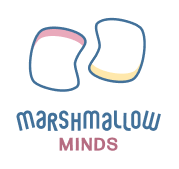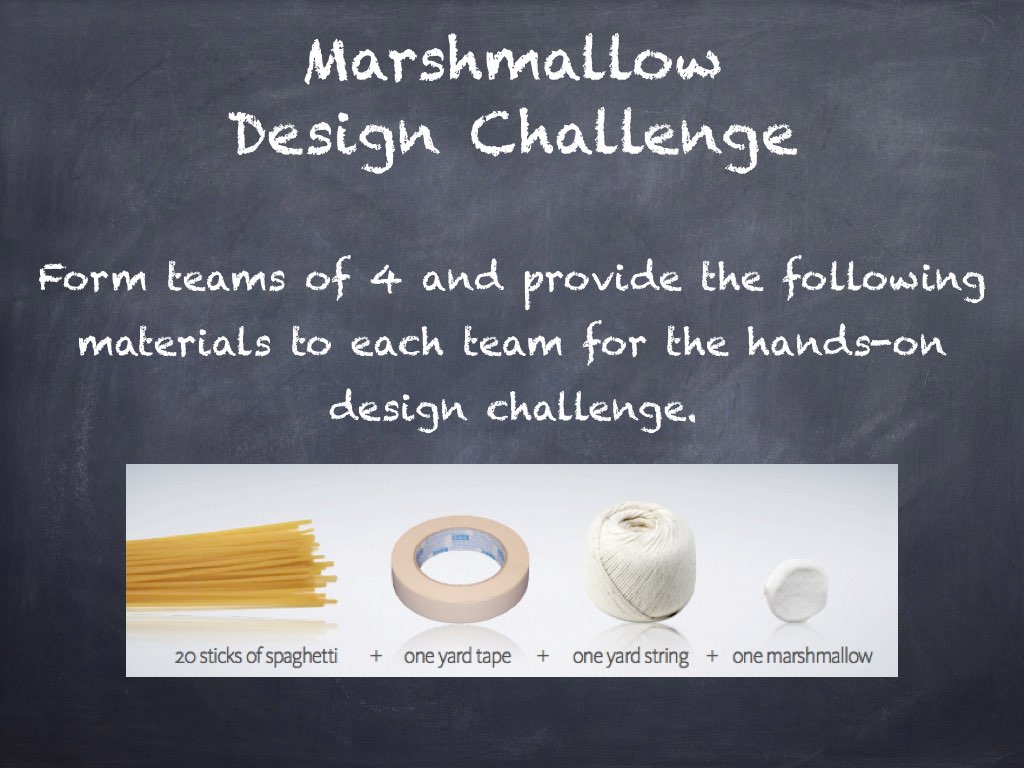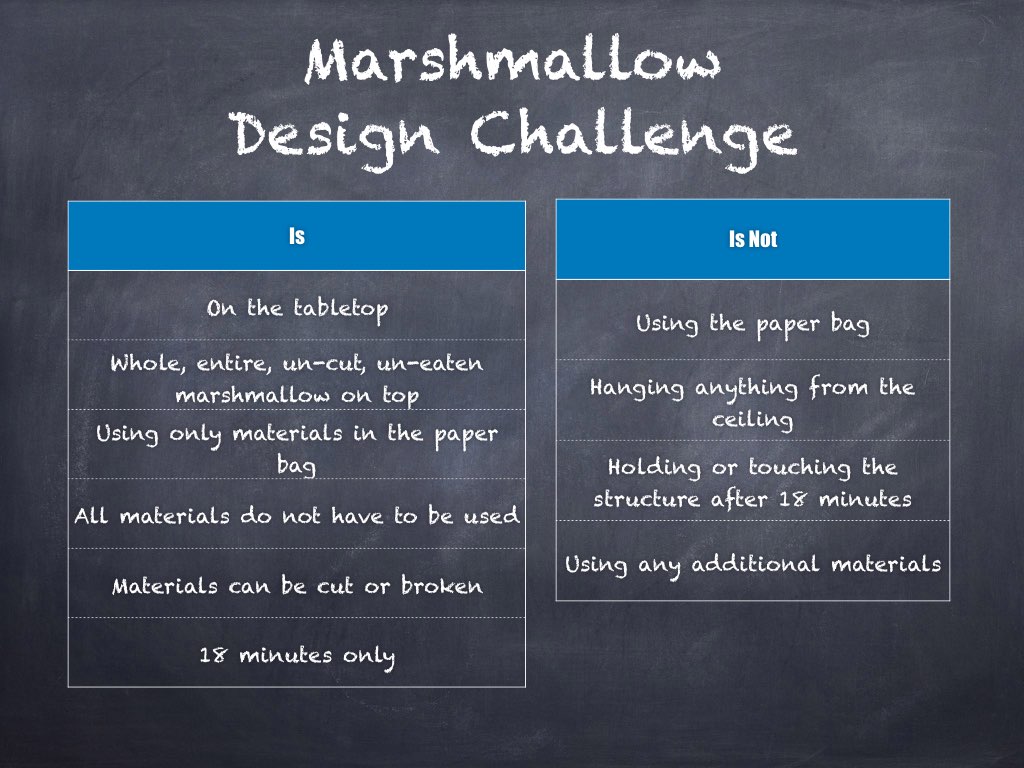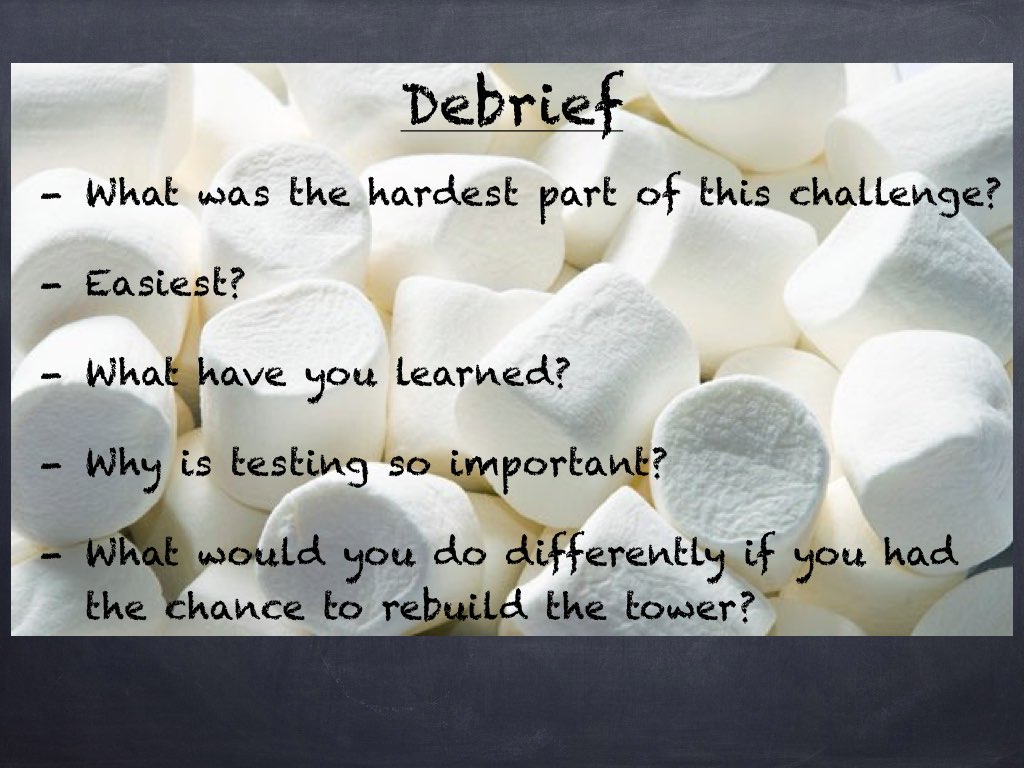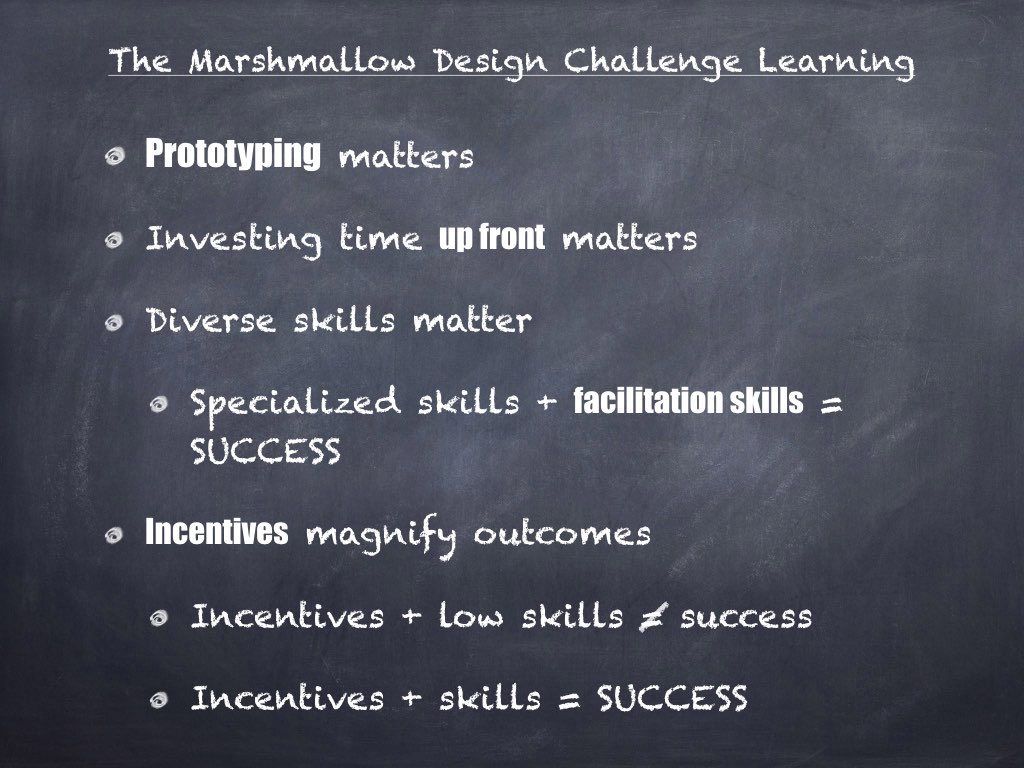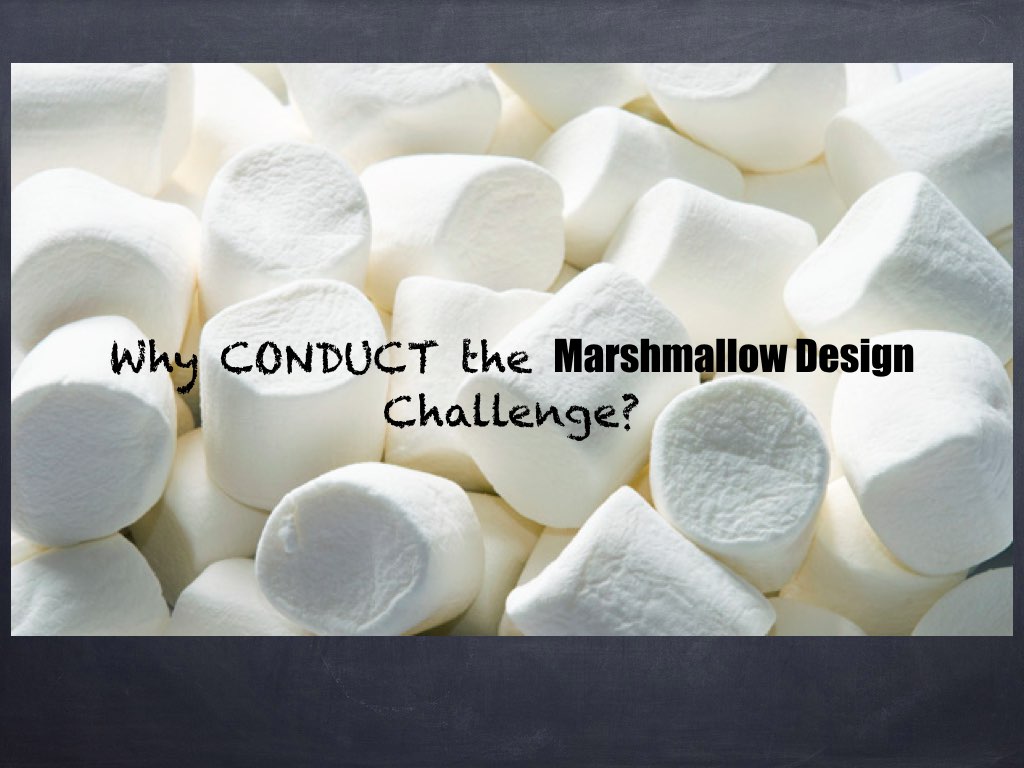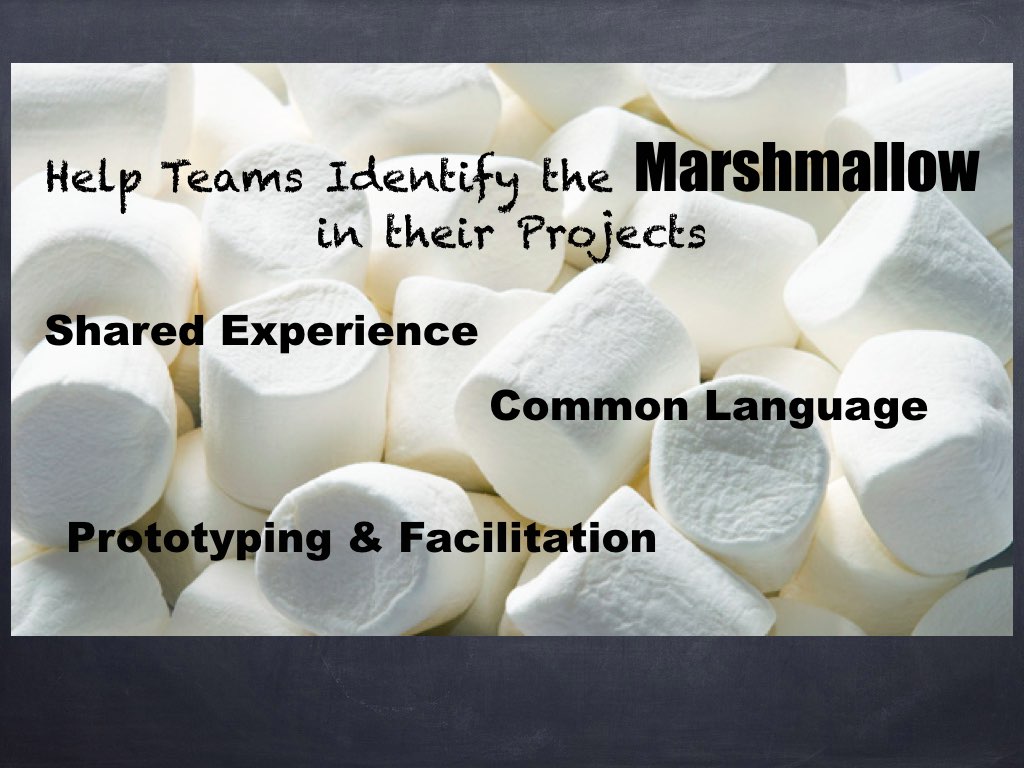Why would migratory birds be attracted to a windmill farm of metallic propellers? Wind farms do not offer any prey to these large predators, neither can they nest there. While several environmentalists and those supporting green energy, like myself would support wind farms, it would take the experts of the San Francisco Bay Bird Observatory (SFBBO) to point out how these farms end up harming several high soaring raptors like hawks and eagles when not properly situated.
If you have had a chance to visit the Google campus in Mountain View, CA, you may notice that Google has designed its landscaping to be native bird-friendly. They also have feral cat feeding stations around the campus! That is very nature/animal-friendly, right? But, when we gained insights from the SFBBO experts that feral cats eat native birds, we realized that the current Google campus design has conflicting elements that defeat the fundamental idea of peacefully coexisting habitat design.
Marshmallow Minds is excited to announce its collaboration with the San Francisco Bay Bird Observatory (SFBBO) in 2020. Through this partnership, Marshmallow Minds is developing a new set of real-world design inspired STE(A)M curriculum around the environment, bird conservation, and watershed stewardship.
It was an awesome day at SFBBO - a unique design session where we saw professionals come up with ideas and build prototypes to show how birds can coexist with humans in human neighborhoods and office campuses or transform their own offices into living trees. There are endless possibilities when one applies design thinking to solve these existential problems for balancing the needs of humans and birds.
In the modern world, coexisting peacefully with nature is becoming a tough call and a hard problem to solve. It needs all the perspectives of various stakeholders well identified. Empathy is very critical. The puzzle of what attracts the birds to the wind farm creates an aha moment when you start to think like a bird. The raptors would love to fly in the high winds corridors to save their energy and fly with the wind, but when they come close to the wind farm these birds have life-threatening consequences.
We all have driven through the wind farms of the Altamont pass. It causes the death of thousands of protected species like the golden eagle. One windfarm company has even ceased operations. “The reduction of avian impacts” was the primary reason for the company to discontinue its Altamont operations.
In one of the design-based STE(A)M lessons, students will be given insights so they may empathize with different types of birds such as the migratory birds, breeding birds, etc, use scientific data, apply their creativity and work on designing windmills that are bird-friendly. We introduce these hard problems and ask them, “Now that you have this new knowledge, how are you going to change the world?”. What can be more inspiring to our nonprofit whose mission is to focus on building children’s growth mindset, innovative real-world problem-solving skills, and creative confidence?
The year 2019 was a breakthrough year for Marshmallow Minds creating more meaning by partnering with some of the veterans among nonprofits who have created a huge impact in the community through their mission. While Marshmallow Minds was granted the 501(c)(3) status, we have established partnerships with the Family Giving Tree and the SFBBO. We had our first fundraiser in Dec of 2019 which helped us raise over $30K in a single night and gave us a chance to get reinforcement about our mission through some of the innovators and design thinkers in the industry, education and nonprofit world.
Two years back we were writing to you in our blog, “Marching Forth”, about how we had created an impact by growing seven times in the number of children we were teaching through our in-school programs and how we were looking to create a unique impact in our partner schools. Today, with the strong partnership of other empathic organizations, we are able to create unique design-based real-world problem-solving STE(A)M challenges for our students and bring our program to more partner schools including Title 1 schools. Through our in-school programs, we are hoping to impact 4000+ students this year. We sincerely believe that students in our partner schools will become empathetic citizens of the future who can extend themselves to bring meaningful change wherever they go.
(Posting by Anand Vaidyanathan, Board of Directors, Marshmallow Minds)
